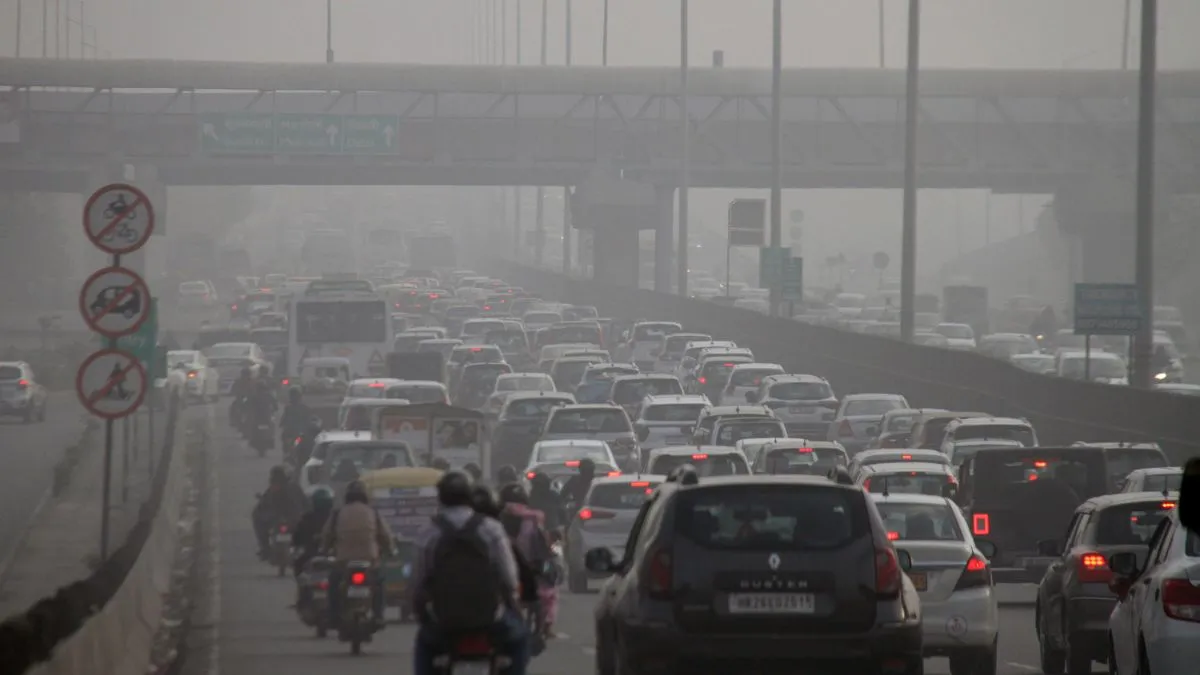Delhi’s air quality has significantly deteriorated, with several areas registering ‘very poor’ air quality, pushing the overall AQI above 293. This represents a concerning increase from the previous day’s average and highlights the urgent need for effective interventions. The situation is particularly critical in several localities, prompting immediate action from the government and prompting discussions about the upcoming implementation of the Graded Response Action Plan (GRAP). This situation necessitates a comprehensive understanding of the current pollution levels, the measures being implemented, and the potential implications for public health. The rising pollution levels pose significant health risks for Delhi’s residents, particularly vulnerable populations, emphasizing the severity of the ongoing crisis and underscoring the importance of timely and effective responses.
Current Air Quality Status in Delhi
Alarmingly High AQI Levels
Multiple monitoring stations across Delhi are reporting AQIs exceeding 300, signifying ‘very poor’ air quality and posing significant health risks to residents. Specific locations like Mundka (383), Patparganj (352), and Shadipur (338) show particularly high levels, necessitating immediate attention. These alarming figures underscore the gravity of the situation and highlight the uneven distribution of pollution across the city, affecting some areas more severely than others. The consistent rise in AQI despite prior efforts raises concerns about the effectiveness of previous interventions and calls for more comprehensive and robust measures. This uneven distribution also suggests that localized factors are contributing to the high levels in certain areas.
Comparison with Neighboring Cities
While Delhi’s air quality is severely compromised, neighboring cities display varying levels of pollution. Faridabad registered a comparatively lower AQI of 148, contrasting sharply with Delhi’s high readings. Ghaziabad, Greater Noida, and Noida also reported AQIs in the ‘poor’ to ‘very poor’ range (252, 248, and 242 respectively). Gurugram recorded an AQI of 178, indicating a relatively better air quality compared to its neighboring cities. This variation highlights the complex interplay of factors contributing to pollution across the region, necessitating a collaborative approach towards mitigation.
Implemented and Planned Actions to Combat Pollution
Graded Response Action Plan (GRAP)
The deteriorating air quality increases the likelihood of GRAP-2 implementation. This plan outlines a series of graded responses based on escalating pollution levels, including restrictions on vehicles and industrial activities. The implementation of GRAP-2 is crucial for mitigating further escalation of pollution and protecting public health. This phased approach enables authorities to take targeted measures based on the evolving situation, allowing for flexible responses based on actual conditions and impacts. The efficacy of past GRAP implementation requires analysis to inform improvements and ensure greater impact in the future.
Specific Measures Under GRAP
GRAP-2 encompasses several measures, including increased parking fees to discourage private vehicle use, bolstering public transportation through more CNG and electric buses and metro services, and encouraging Resident Welfare Associations (RWAs) to provide heaters for security guards to prevent waste burning for warmth. A significant measure involves banning diesel generators, although exceptions are allowed for emergency situations and facilities using cleaner fuels. This multifaceted approach acknowledges the different pollution sources and aims for a coordinated effort to minimize their impact. Careful monitoring and evaluation of the effectiveness of these interventions are needed to improve future implementation.
Government Response and Emergency Meetings
Delhi’s Environment Minister, Gopal Rai, has convened an emergency meeting to address the alarming pollution levels in all thirteen pollution hotspots. This proactive step demonstrates the government’s commitment to mitigating the crisis. The multi-departmental approach acknowledges the interconnectedness of various sectors in tackling air pollution, with discussions focusing on practical and coordinated responses to the urgent crisis. Effective collaboration is crucial for successful implementation of planned measures across different administrative agencies and departments.
Health Impacts and Long-Term Concerns
Health Risks of Poor Air Quality
The current levels of air pollution pose significant health risks, particularly to vulnerable populations like children, the elderly, and those with pre-existing respiratory conditions. Prolonged exposure to high levels of pollutants can lead to respiratory illnesses, cardiovascular problems, and other severe health complications. These implications necessitate prompt action to prevent further adverse health effects. Effective public awareness campaigns are needed to provide information on preventative measures and available health resources.
Long-term Effects and Sustainable Solutions
The recurring nature of Delhi’s air pollution crisis calls for long-term solutions beyond immediate measures. This includes focusing on sustainable urban planning, promoting cleaner transportation, stricter emission standards, and a shift toward renewable energy sources. Addressing the underlying causes of pollution is crucial for lasting improvements in air quality. Integrating these long-term strategies within broader environmental policy is essential to ensure the lasting protection of Delhi’s population.
Take Away Points:
- Delhi’s air quality is currently in the ‘very poor’ category, with several areas registering extremely high AQI levels.
- The implementation of GRAP-2 is imminent to address the deteriorating situation.
- Various measures are being undertaken, including increased parking fees, enhanced public transport, and restrictions on diesel generators.
- The severe health risks associated with prolonged exposure to poor air quality necessitate immediate and sustained action.
- Long-term sustainable solutions are crucial for addressing the root causes of Delhi’s persistent air pollution crisis.




